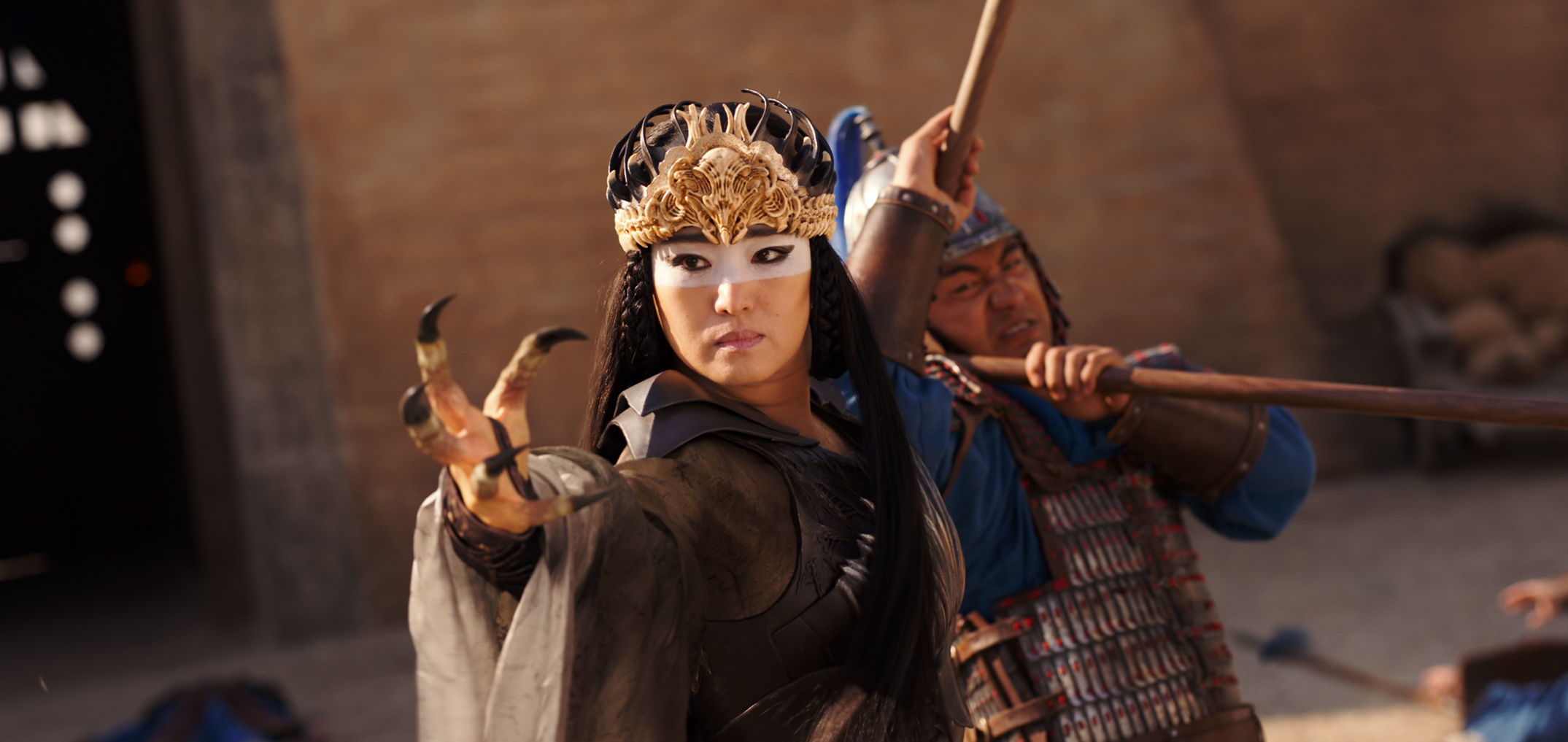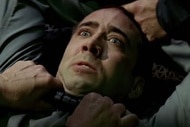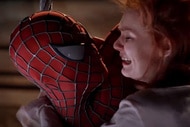Create a free profile to get unlimited access to exclusive videos, sweepstakes, and more!
How Mulan's Xianniang complicates the concept of the witch

In Disney's live-action Mulan, Chinese Singaporean actress — and one of China's most famous actresses — Gong Li plays the exciting breakout character Xianniang. Although she isn't present in the original Chinese story (ballad) of Mulan or the animated film, Xianniang is receiving much attention as a fascinating addition. Portrayed as a witch with many powers (among them to transform, typically into a hawk), Xianniang is a drastic departure from the smack-talking tiny dragon sidekick Mushu or any other more less-than-realistic elements of the animated Mulan.
While the new Mulan openly pays tribute to wuxia movies (a popular form of Chinese martial arts films with a sprinkle of fantastical action and melodrama), the flick's — and the character's — Disney roots are telling. The concept of "witch" in Chinese mythology and folk religion is markedly different from that of witches in the Western convention. Wuxia does not typically include "fantasy" elements beyond that of gravity-defying action (which might be considered merely an extension of the style, or perhaps low fantasy if you're generous), while xianxia movies (effectively Chinese martial arts films with a very strong fantasy element) typically run the gamut of supernatural creatures — demons, gods, monsters, etc. — but witches? Not so much.
Let's go back to xianxia. It can be identified by its focus on Chinese folk mythology and Taoist tradition (both religious and philosophical) — that is, immortal beings, demons, ghosts, and other characters and aspects that are categorized as supernatural for a Western audience. Creatures from xianxia stories are often animalesque or creature-like in nature, while wuxia much more rarely includes these characters. It is worth noting that Xianniang, while described as a witch, is really a human with "super strong qi." But she's depicted as being able to harness her energy to perform what are, effectively, supernatural acts.
In both wuxia and xianxia stories, the practice of what's known as "cultivating qi" is typically to be able to either reach enlightenment (xianxia), become immortal (xianxia), or develop enhanced or supernatural abilities (wuxia and xianxia). In these stories, those who cultivate qi are often just humans and regular people (with a certain level of personal commitment and focus), rarely given anything like the status of "witch" — but one might eventually reach the status of something like "immortal." Although witchcraft is sometimes considered part of Chinese folk religion, the concept of the "witch" and the connotations that come with it (or, for that matter, related beings including the mage, shaman, and the like) are not as common in xianxia narrative tradition.
Based on what Xianniang explains to Mulan, she never went through the arduous process of qi cultivation (nor is this concept ever suggested). She merely embraced her power, yet she's endowed with these special skills, more in the vein of innate supernatural ability. In this way, Xianniang appears to be a form of the Western witch (ostracized, with supernatural powers) placed within a vague context of Chinese mythology and martial arts aesthetics — both xianxia and wuxia. Two of the Mulan screenwriters stated that they, according to a feature in Vanity Fair, "watched movies about witchcraft to cull potential character details."
But because the concept of the witch is not as common (but not entirely nonexistent, much in part due to contemporary influences from global cinema), it's possible that this research of witchcraft simply came from films from other nations and cultures — even other East, South, and Southeast Asian traditions — but not Chinese. Gong Li herself compared her character to a (shape-shifting) demon, while the villain Bori Khan describes her as a witch (and Xianniang describes herself as a warrior). One Twitter user pointed out that she displays abilities similar to a being known as a fox spirit, and Chinese spirits commonly have the ability to shapeshift and possess others. But witch, demon, spirit, whatever — does it matter?
If anything, these facts seem to betray the ever-shifting cultural background of the film. Disney's Mulan very heavily uses the symbol of the phoenix (the statue, her father's crest — even the colorful mythic phoenix that seems to guide and protect Mulan). But, keep in mind, that the Chinese phoenix is markedly different than the Western phoenix. The phoenix is almost always paired with a dragon, and the phoenix statue that the young Mulan breaks is the pair to a stone dragon statue on the other side of the home's entryway. However, what's most telling is that the phoenix in the film is described as rising from the ashes… which is a Western conception. Whoops.
Xianniang cements Disney's Mulan as a fantasy film in the much more conventional, contemporary sense, but she ultimately serves as a metonym for Disney's approach to Mulan: strong on cinematic visuals, weak on narrative, and overall, generally questionable as to cultural accuracy or origin in the context of the story. The comparisons of the film as Star Wars vaguely set in ancient China, are, in many ways, on the nose. Xianniang's powers are only lightly explored via a number of visual sequences — turning into a hawk, transforming into a flock of attacking birds (reminiscent of Dracula's shapeshifting lore), and seemingly possessing members of the opposing forces.
But does she play an interesting and arguably important role in the film? Yes. Although underdeveloped, she crucially plays as a foil to Mulan, drawing out Mulan's own abilities and encouraging her to bend to the will of her own power and strength, which eventually helps her succeed. Although her behavior does mostly conforms to convention — characters challenging the protagonist, leading them to discover something in themselves — her presence in the film has struck a chord in eager audiences, even in those who wanted an adaptation much closer to the animated movie.














